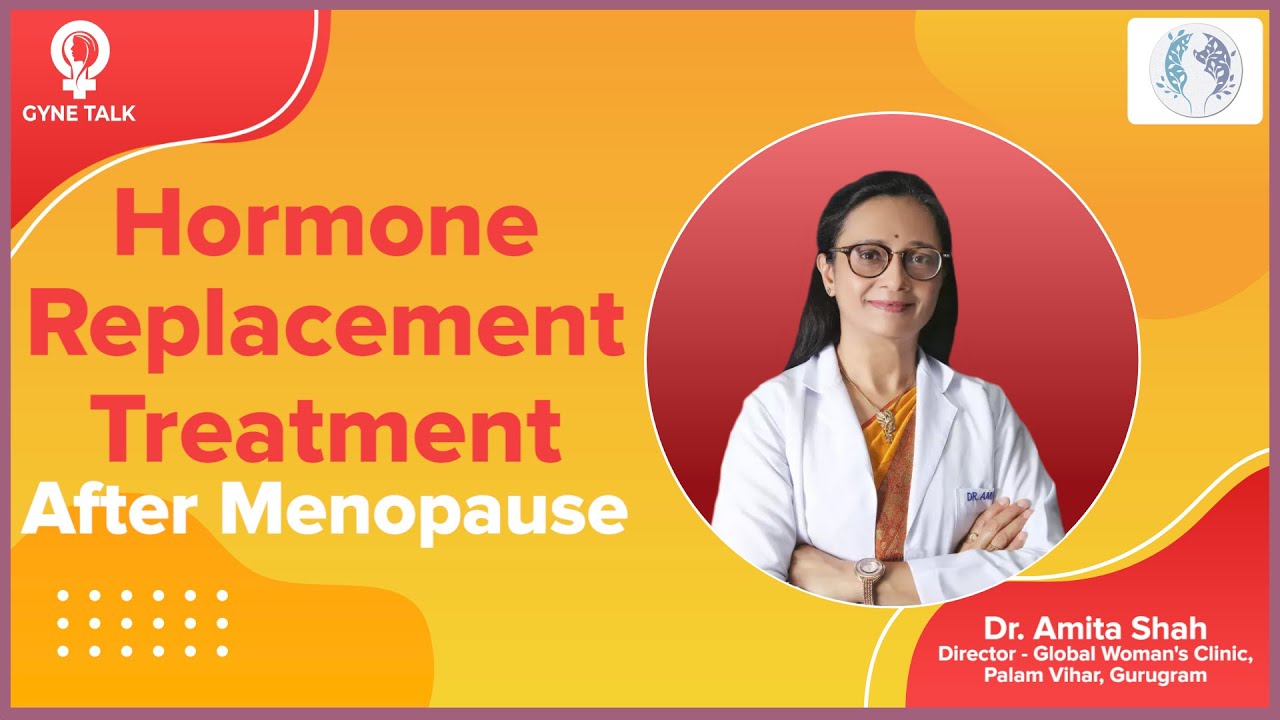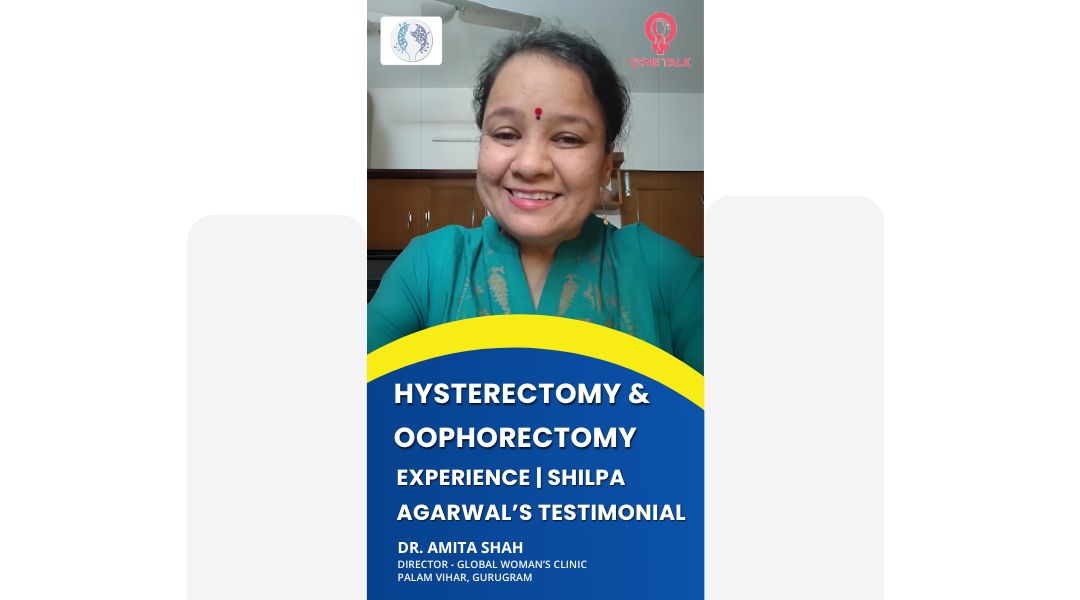Myomectomy or Fibroid Removal Surgery: What You Should Know
Myomectomy, commonly known as fibroid surgery, is a routine procedure done to remove fibroids from the uterus. This myomectomy procedure is considered one of the best fibroid treatment options available for women dealing with persistent symptoms. If your doctor has advised this surgery, it’s important to understand why and when it’s really needed. Before you make a decision, consider asking these five key questions.
Fibroid removal surgery can provide significant relief for those suffering from symptoms related to fibroids. It is also helpful to understand the myomectomy definition and how it differs from other fibroid procedures.
Is Fibroid Removal Surgery Necessary for Me?
Just because an ultrasound shows fibroids doesn’t always mean you need surgery. It’s important to know what is fibroid in the uterus and whether it is actually causing any trouble. This type of fibroid treatment is usually considered in the following three situations:
In many cases, patients find that fibroid removal surgery is the most effective option for alleviating their symptoms.
-
The fibroid is large enough that it’s pressing on other organs and causing discomfort.
-
You’re having ongoing symptoms like heavy bleeding or painful periods.
-
The fibroid is affecting your chances of getting pregnant.
Only when one or more of these apply should you think seriously about fibroid removal surgery.
Discussing the benefits of myomectomy of uterus with your doctor is crucial to understanding your options.
Many women also want to understand the difference between a fibroid vs cyst or fibroid vs polyp, and even fibroid vs adenomyosis. While both fibroids and cysts can exist in the reproductive system, they are different conditions and need different approaches. If you are not sure whether it’s a cyst or fibroid, your doctor can help you with the right diagnosis.
It’s also natural to worry about whether a fibroid can cause cancer, or are fibroids cancerous, but in most cases, fibroids are non-cancerous. Still, it’s always a good idea to follow up and stay informed about whether fibroid with calcification or fibroid with cystic degeneration are present. It’s important to clarify, can fibroid turn into cancer, even though it’s rare.
Many women are concerned about the long-term effects of fibroid removal surgery, including recurrence and fertility. There are different fibroid types or fibroids types depending on where they are located in the uterus. Learning more about fibroids can help you understand your condition better.
If surgery is not urgent, some women try natural ways to manage their fibroids. Eating certain foods, such as those rich in fiber, antioxidants, and vitamin D, can help. A good starting point is looking into 7 foods for shrinking fibroids, or adopting a proper fibroids diet or fibroid diet. In addition, practicing yoga for uterine fibroids may help reduce discomfort and improve overall well-being. For those curious about alternative methods, resources like how to cure fibroids naturally free or learning what naturally kills fibroids may also be helpful.
Understanding the causes of fibroid in the womb can also help in managing or preventing their growth. Hormones, genetics, and lifestyle factors all play a role. Some women may also be prescribed drugs for fibroid as a non-surgical option.
Considering all aspects, fibroid removal surgery can be a life-changing decision for many. If you are dealing with cysts and fibroids, it is important to get regular check-ups so you can manage symptoms and make informed decisions about your treatment.
How Will the Doctor Do the Surgery?
Understanding the methods of fibroid removal surgery is essential for making informed choices. There are three ways to do fibroid removal surgery:
Open Surgery (Open Myomectomy): In this method, a big cut is made on your belly, and the fibroid is taken out. This is the old way of doing it and is also known as myomectomy open or open myomectomy.
Laparoscopic Myomectomy: This is the latest technology where the doctor makes two or three small cuts on your belly and uses a camera and small tools to remove the fibroid. This is the best method today because recovery is fast, there is less pain, and it does not cause scar tissue inside the belly that can cause infertility. This method may also affect the overall myomectomy surgery cost, which you should inquire about.
Hysteroscopic Myomectomy: If the fibroid is inside the uterus (where the baby grows), called a mucous fibroid, it can be removed through the vagina using a special camera and tools.
Today, laparoscopic myomectomy is the best choice for most fibroids, no matter the size or number.

Ask Your Doctor About Their Skill and the Hospital’s Equipment
If your doctor is doing laparoscopic surgery, ask if they have the skill to do it well. Also, check if the hospital has good quality equipment and the latest technology for this surgery. The success of your surgery depends a lot on the doctor’s skill and the tools they use, such as myomectomy instruments like the myomectomy screw.
How Do They Remove Large Fibroids Through Small Cuts?
In laparoscopic surgery, the fibroid is cut into small pieces inside the belly before it is removed. This process is called morcellation. Now, a new technique called in-bag morcellation is used. In this, the fibroid is put inside a special bag inside the belly, and then cut into small pieces inside the bag. This way, no pieces are left inside the belly, so there is no risk of damage to other organs. Also, if the fibroid is cancerous (which is very rare), it will not spread inside the belly.
If You Have Other Problems, Will They Be Treated Together?
If you have other problems like ovarian cysts or endometriosis along with fibroids, ask the doctor if they will treat those problems during the same surgery. Also, if you are having fibroid surgery to help with infertility, ask the doctor to check if your fallopian tubes are open. Treating all problems at once is better.
Make sure to ask your doctor about the recovery process following fibroid removal surgery.
What About Fibroids Coming Back?
Fibroids can come back in about 5 to 10% of cases after surgery. So, ask your doctor if you will need any medicines or treatments after surgery to prevent fibroids from coming back. For long-term success, some may also monitor their condition through tools like fibroscan, though it’s more commonly used for liver diagnostics.
Final Advice
Whenever you are advised to get fibroid removal surgery, think carefully and ask all your questions to the doctor before deciding. Clear all your doubts first.
Taking time to understand the implications of fibroid removal surgery is key to your health. If you found this information helpful, please subscribe to our channel. We share many useful videos and information about surgeries and women’s health.
This is a simple guide to help you understand fibroid removal surgery and what questions to ask before you go for it. This guide aims to clarify the process of fibroid removal surgery and its importance. If you’re considering fibroid treatment in Gurgaon, consult with a specialist to explore all your options, including the latest technologies and best outcomes.







